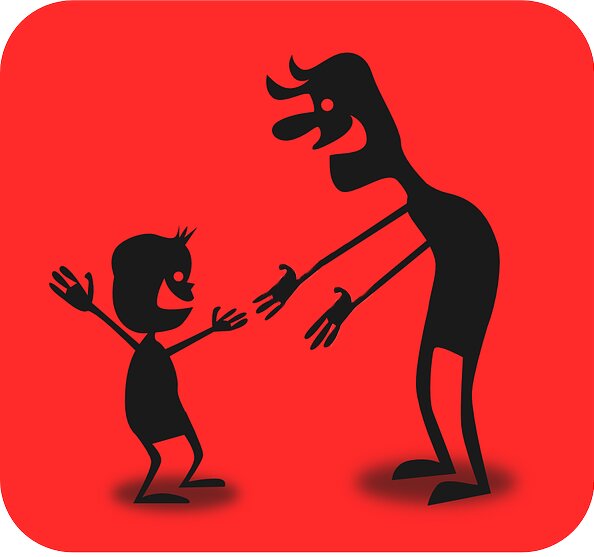Easing Transitions For Sensory Children, Part Three

Easing Transitions for Sensory Children Strategies to solve sticky situations, part three
Enfold transitions in familiarity
“Rituals are important.”
— John Lennon
In this post, we’re going to look at specific ideas and suggestions for the second category of transition strategies: Rituals. As we discussed in the previous post, you’ll need to experiment to figure out which strategies work best for your family and which you’ll want to build on/adapt to your individual family’s needs.
Transition Rituals strategies
If a transition is accompanied by familiar rituals, the transition itself becomes familiar and thus easier for your child to handle.
Here are ideas for sets of rituals to create for you and your child to follow before and during each transition:
Visual ritual — check the chart
- If you are at home, or have created a small chart to take with you, you can have your child check the chart to see what activity is coming next.
- To involve the tactile sense, have him point to the pictures or words showing what to expect.
Cognitive ritual — use the same linguistic structure to direct each transition
- To create familiarity, you should use the same “When/then” language for each transition; for example: “When the timer beeps, then we will clean up the toys.”
Auditory ritual — use transition songs
– Transition songs are a great way to help your child move from one activity to the next. These songs are simple, light-hearted and fun, capturing children’s attention and helping them mentally prepare for the next activity. They serve to signal that one activity is ending and the next is about to begin.
– Examples of familiar transition songs include:
– “This is the way
we wash our face,
wash our face,
wash our face
early in the morning.”
(The song repeats for ‘brush our teeth,’ ‘comb our hair,’ etc.; you can adapt to whatever steps are in your child’s morning or other ritual),
– The clean-up song:
“Clean up, clean up
everybody everywhere.
Clean up, clean up
everybody do your share.”
You can use existing transition songs as well as make up your own transition songs to the tune of any familiar song (or your own tune). For example, perhaps you want to create a song about where you are going next (school? home?).
Tactile ritual — use transition objects
– Having your child take an item from one place to another focuses her attention on the object and she transitions along with the object.
– Kids love to help and feel important. At home, you can ask him to ‘Please carry this basket into the living room for me’ and you’ve moved him along out of his bedroom with no fuss.
– Is it difficult for her to leave the playground? Choosing a pretty pebble or leaf to take with her might be helpful.
– Leaving the library is easy; he can take out a book to read at home.
Tactile ritual — use familiar comfort or distraction objects
– Similar to a transition object, carrying a comfort object such as a favorite toy, stuffed animal, or blanket can smooth transitions.
– Note: If your child has a lot of difficulty transitioning from home to school, bringing a small photo of the family or parent/s can be helpful.
– Distraction objects work too. You can’t always take something from where you are, so pack one or more items ‘for the road’ which will engage and distract your child as you leave. Perhaps a fidget toy? stickers?
Physical positioning ritual — perform the last step of the transition as you begin to move to the next location
– To start your child moving along, have her put on her shoes near the door, or wave goodbye to the swings when she reaches the playground gate, etc.
Looking ahead:
In the next post, we’ll discuss specific strategies for the third category of transitions: Routines.
Have you created any rituals that work well for your family? Please share your thoughts in the comments section below. Also, let me know there or via email what topics you would like to discuss or hear more about.
Feel free to share or quote from this blog (with attribution, please, and if possible, a link), and to repost on social media.
I look forward to hearing from you!
All the best,
